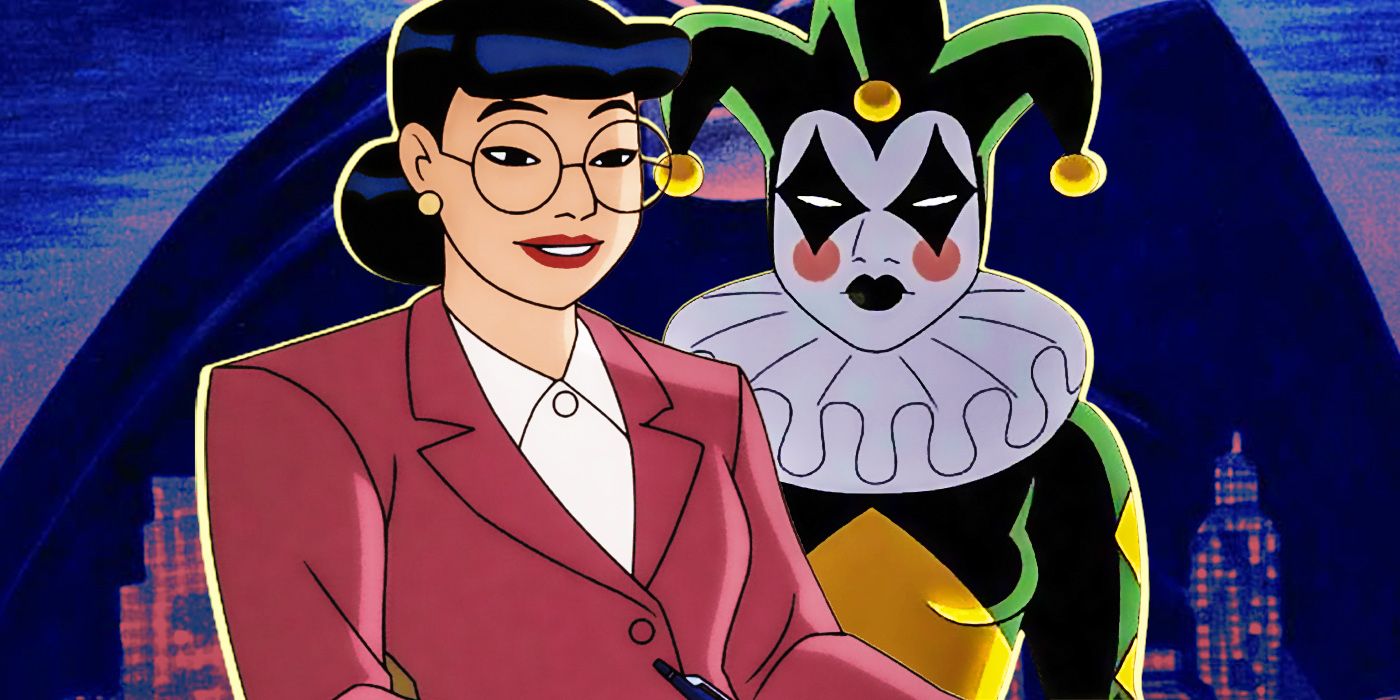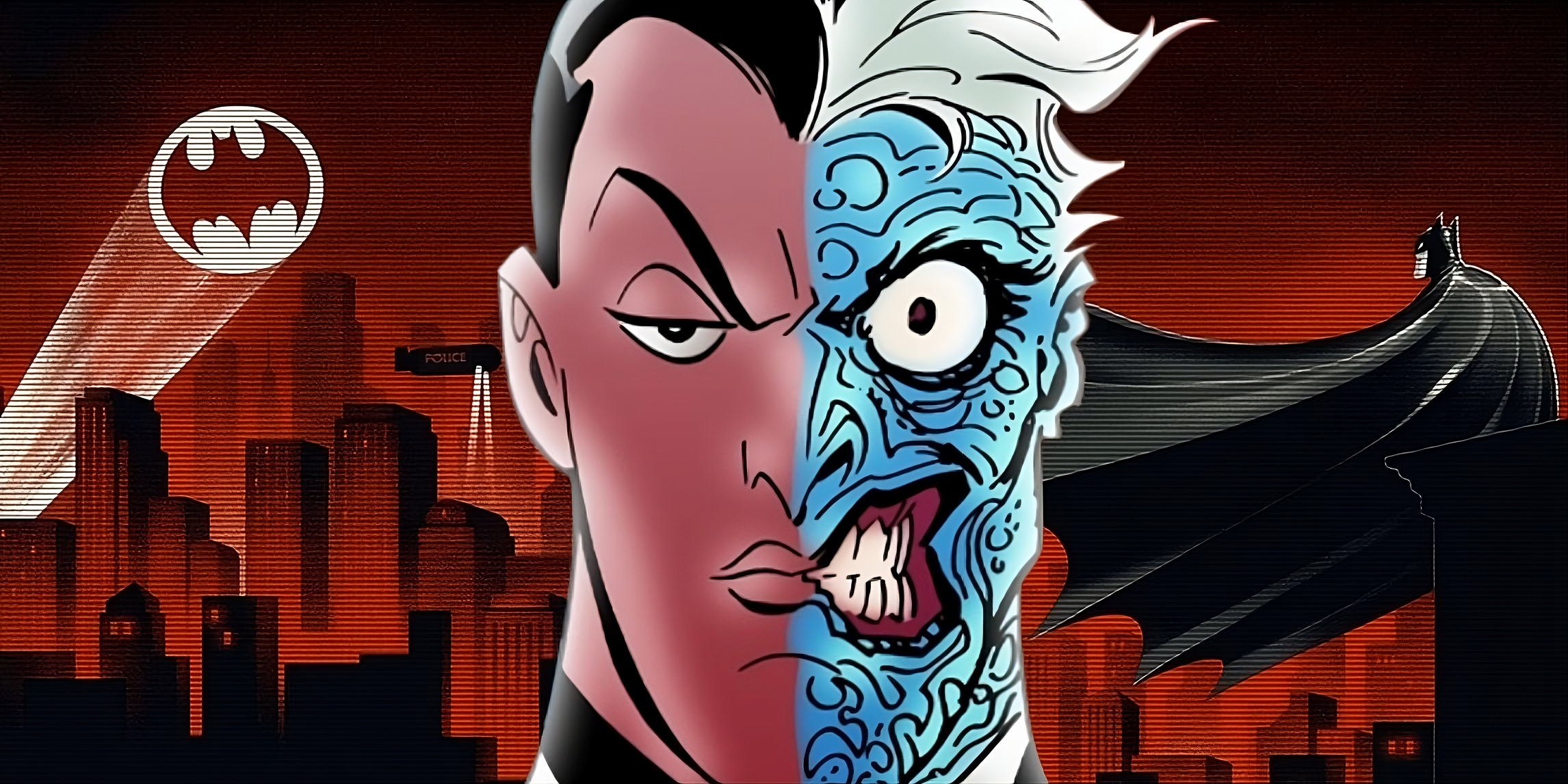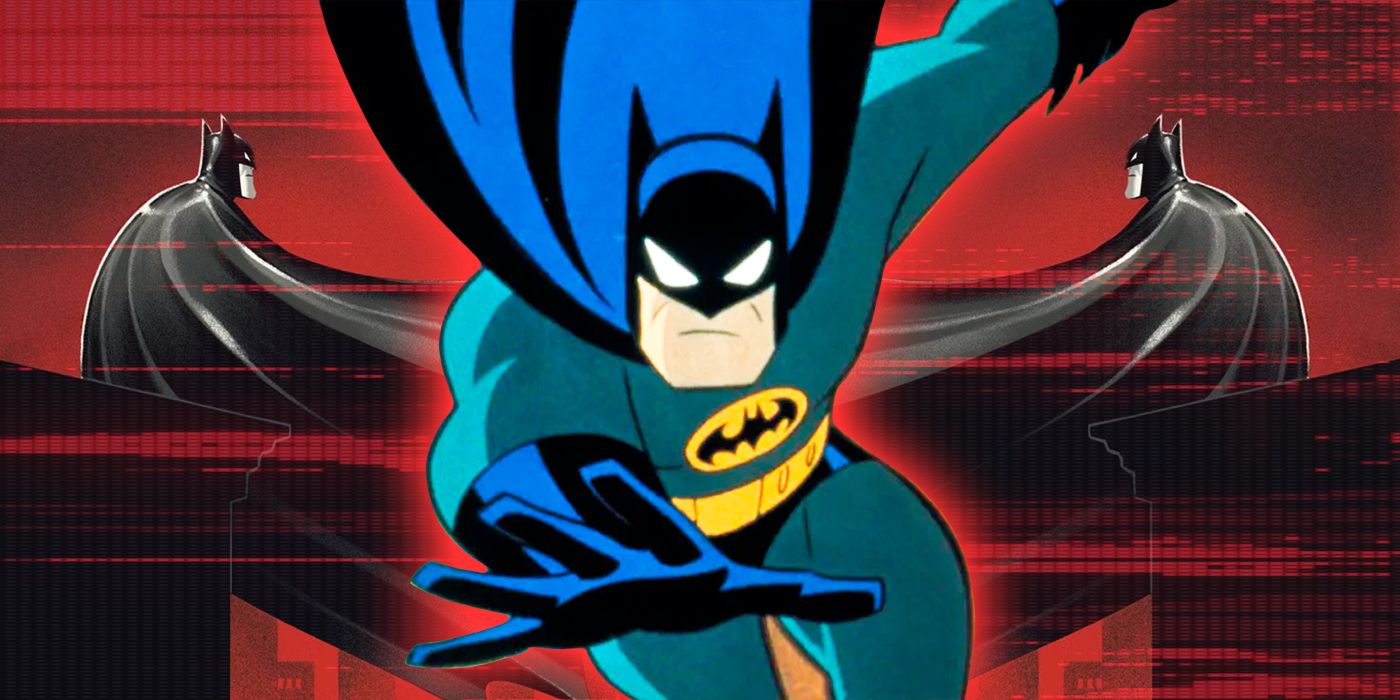Batman: The Animated Series is a show that truly broke new ground. It was one of the first animated series to be given a coveted prime time slot on TV. It won awards and gained recognition within elite circles. It retooled, retconned and revamped some of DC Comics' most iconic characters, from Batman's rogues gallery, to his allies, and even the Dark Knight himself. It introduced new characters into the canon, most notably the incredibly popular and beloved Harley Quinn. It featured voice talent that transcended most shows of the era.
It embraced complex themes that would go on to influence the entirety of the DC Animated Universe (DCAU) from the '90s into the 2000s. Superman: The Animated Series, Justice League and Static Shock carried on its continuity. Its influence would extend beyond into other children's cartoons, including fellow DC Comics adaptation Teen Titans, other studios' own cartoons such as Nickelodeon's Avatar: The Last Airbender, and succeeding Batman cartoons. Even live-action series and franchises aimed at adults took cues from this now-legendary animated series. Many called Batman: The Animated Series the best superhero cartoon of all time, but is this high praise warranted?
Batman: The Animated Series premiered on Fox in September 1992, hot on the heels of the success of Tim Burton's 1989 film and its sequel, Batman Returns, which premiered months earlier in June. Burton's Gothic, expressionistic and Art Deco take on the classic comic book received critical and commercial acclaim due to its stark departure from previous iterations of the Dark Knight. Despite this darkness, the movies still took cues from the colorful and campy Adam West series of the '60s. It was also loved for its closer, more faithful adaptation of the original dark, Film Noir-inspired comics by Bill Finger and Bob Kane.
Emboldened by Batman's success in the '90s, Warner Bros. Animation greenlit Batman: The Animated Series, enlisting multiple animation studios in Japan and South Korea to foot the animation. Perhaps best of all was the enlisting of a team of now-legendary writers, including co-creator Bruce Timm, Mitch Brian and Paul Dini. These writers, and their treatment of the source material, would have a lasting influence not just on the Batman franchise, but on television and film writing as a whole.
Batman: The Animated Series Updated the Batman Franchise
The Series' Legendary Writers Gave This Show Depth and Its Own Identity

Batman: Caped Crusader Co-Creator Explains Big Harley Quinn Change
Harley Quinn's original co-creator addresses the big changes given to the character in Batman: Caped Crusader.
From the get-go, Batman: The Animated Series faced a few challenges during its production. Although very closely inspired by the design and tone of Burton's films, showrunners Bruce Timm and Eric Radomski knew the cartoon had to have its own identity. They also knew that their show still had to be family friendly without compromising the stories' dark, mature themes. More importantly, the cartoon should not simply be an adaptation of the Burton films and continuity.
They also had some problems with the source material and their subsequent portrayals. Certain villains who were conceived in the Golden Age of Comics were too gimmicky and one-dimensional for the edgy early '90s. In order for them and this new, serious iteration of Batman to be taken seriously, his villains needed retooling, personalities, motives and depth. The world of Gotham was also in need of revamping and redesign, resembling both its comic book origin and the recent '80s films, but still manageable for the designers and the teams of animators overseas that would bring it to life.
Characters needed to be re-drawn to fit the animated medium. To wit, the animators traded rendered comic book realism for stylized, graphic, TV-friendly visual language. It was a weighty task for this enormous team. But upon the airing of the series' first episode, "On Leather Wings," on September 6th, 1992, it was clear that Warner Bros. Animation succeeded. They would maintain this momentum for the following 2 seasons, 84 episodes and 3 years of the show's run.
Batman: The Animated Series had the blessing of phenomenal art direction. Inspired both by the Gothic designs of Burton's films, the sophisticated and sleek architectural shapes of the comics, and the Art Deco style of the '30s, Batman: The Animated Series presented a world that was dark, gritty and unromantic, yet compelling and glamorous. The cartoon's Gotham City is a Film Noir paradise, a land of stark, angular, crystalline shapes, looming shadows, organic, grainy textures and grim tones, all of which made the bright colors of both hero and villain alike pop. The character designs were stylized yet elegant, with smooth lines and sharp angles. Despite being a cartoon based on a comic book, the characters' body proportions were only marginally altered and uniquely grounded for the time.
The animation, done by a series of overseas Japanese and Korean studios, is spare and simple yet stunning in its presentation. There's an earthy quality to the clearly hand-drawn animation, with its grounded and almost tactile textures extending to the line art, the muted colors and especially the looming geometric backgrounds. The cartoony yet maturely proportioned characters showed the best use of the masking effect. Their simplicity also allowed viewers to place themselves in the characters' shoes and immerse themselves into Batman's dark and dangerous world.
Batman: The Animated Series Redefined Batman’s Most Important Characters
The Series Gave Batman's Allies and Enemies More Humanity Than Expected

When Batman: The Animated Series Tried to 'Nip/Tuck' Two-Face
More than once, Batman: The Animated Series creators introduced the prospect of "fixing" Two-Face.
Most of Batman's villains always had an inherent tragedy to them, but this aspect of their beings was only really emphasized in Batman: The Animated Series. If the comics portrayed the likes of The Penguin or Killer Croc as nothing more than campy bad guys or vicious criminals, the cartoon sympathized with them and gave them humanity.
Most famously, the Emmy Award-winning episode "Heart of Ice" re-imagined the freezer-suited mad scientist Mr. Freeze (Michael Ansara) as a tragic villain. Instead of petty crime and greed, Victor Fries was now driven by the terminal illness of his cryogenically frozen wife and his understandable desire for revenge. This was a portrayal that remained consistent and beloved ever since the episode aired. Mr. Freeze's animated backstory was reused in his countless other iterations. It even inspired many a sympathetic villain or anti-hero who followed the icy villain's example.
Similarly, Clayface (Ron Perlman) became a tortured actor who was robbed of his humanity. Two-Face's (Richard Moll) psychological torment, struggle with mental illness and friendship with Bruce Wayne gave him emotional weight. The Scarecrow (Henry Policc II) was a spurned scientist, the Riddler (John Glover) was cheated out of his rightly-earned royalties, the Mad Hatter's (Roddy McDowall) mind-control villainy was fueled by his past heartbreaks and misguided love.
Poison Ivy (Diane Pershing) went from being a plant-based femme fatale to an eco-terrorist with strong environmentalist virtues beneath her misanthropy. Even Selina Kyle, better known as Catwoman (Adrienne Barbeau), was an animal rights activist underneath her gentlewoman thief and socialite persona. Without a doubt, Batman: The Animated Series permanently codified Batman's rogues' personalities and portrayals in every adaptation since the '90s.
That being said, no Batman villain fared better in the cartoon than The Joker. Mark Hamill's exuberant performance as the screechy, demonstrative and cheerfully sadistic Clown Prince of Crime is nothing less than iconic. In hindsight, it was a gamble to cast one of the most beloved heroes of all time to voice one of the most beloved villains of all time. Not only did this gamble pay off, it made Batman: The Animated Series the success that it is, in its own right.


